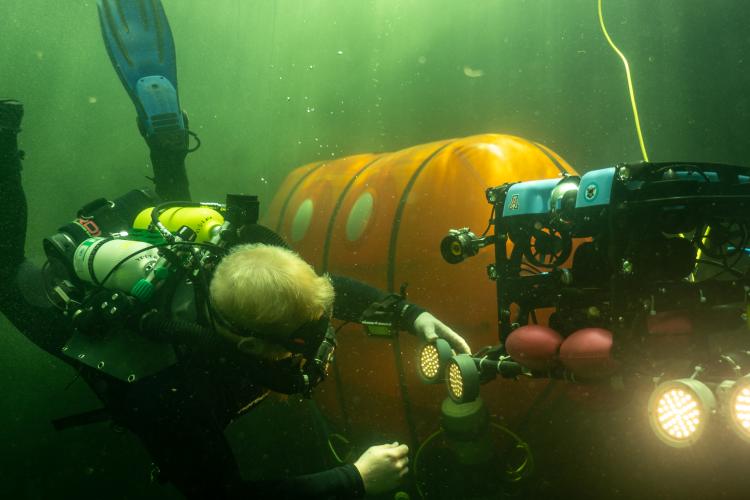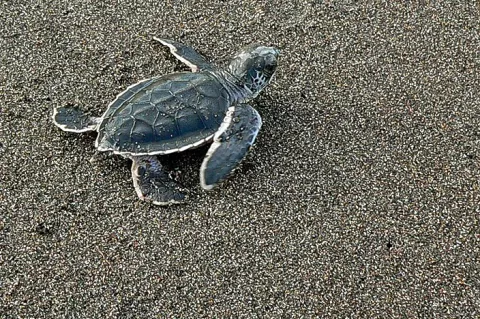Innovative AI technique enhances real-time tracking of manatees
The conservation of endangered species receives a technological boost as scientists at Florida Atlantic University (FAU) devise an artificial intelligence (AI) method that accurately counts manatee populations in real-time.
Counting challenges and AI solution
Counting manatees has long presented a challenge due to their herding behaviour, weather conditions, time of day and environmental factors that obscure their visibility. Water reflections can also hinder the counting process.











